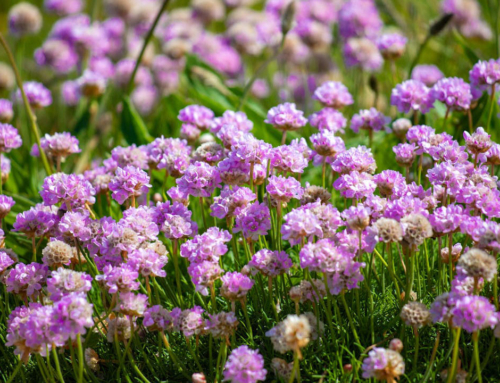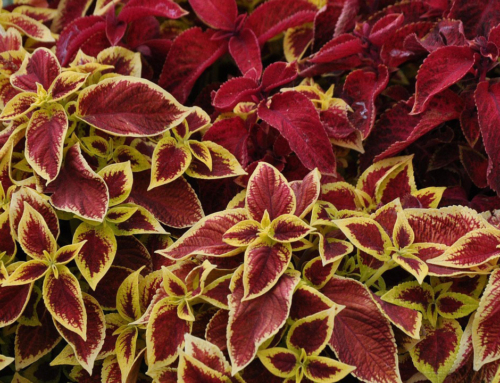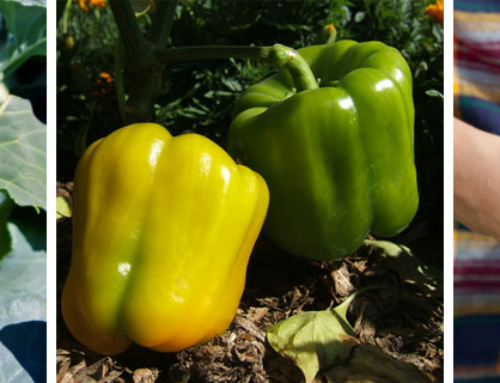By Karen Valerio, Hennepin County Master Gardener
Ah fall. I’m happy that I can quit mowing the lawn in a few weeks, but sad that the bitter cold is around the corner. Winter means I can stop worrying about weeding or feeling guilty about that long outdoor to-do list. Before all the garden work stops, though, there is much to do! Fall is a pretty busy time for us gardeners. If you want the best start to next spring, the time to act is now!
- Plant those bulbs! October is the perfect time to do it. Check out Theresa Rooney’s blog about bulbs at https://hennepinmastergardeners.org/2013/09/plant-those-fall-bulbs-now/ for information on how to do this. People have asked me what to do if it’s November and they still haven’t planted their bulbs. They won’t keep over winter in their packing material, so ahead and plant them. Add mulch on top to protect them and hope for the best. Some will do just fine, but don’t be too disappointed if some don’t come up in the spring.
- Get rid of diseased plant material. You don’t want this stuff lingering in your yard to re-infect plants next year. If you actively manage your compost piles so they are hot, go ahead and compost it. If not, it’s best to let the city compost it, or just throw it in the trash. Also, it’s too late to spray fungicides. They are preventive in nature and need to be applied before the fungal diseases attack your plants.
- Cut down perennials after the first frost. This also prevents disease and harboring insects. However, you may want to leave a few up for winter interest and for the birds, such as grasses, Russian sage and coneflowers. I find that I never have time to do them all before it snows, but am very grateful in the spring to have most of the yard cleaned up already. While you’re at it, pull out the weeds.
- Dig and store your tender bulbs and tubers. You’ll need to dig up and bring in your gladiolas, dahlias, canna lilies and other tender plants. Gently rinse off the soil and let them dry in a warm spot before storing them in a cool, dry place for winter. Be sure they don’t freeze!
- Keep watering! Yes, your trees, shrubs and other plants will thank you. Evergreens in particular need to be well-watered going into winter. This helps prevent them from drying out and turning brown. Stop watering when the ground freezes.
- Cut down your peonies. This is important as peonies are subject to fungal disease from old foliage. Cut them down to 2-3”.
- Rake those leaves. They are good for the compost pile. Run them over with the lawn mower to break them down. Otherwise, they form a matted clump. You can also use them to mulch your plants.
- Protect trees and shrubs. Add protective material around the trunks of newly planted trees to discourage critters from eating the bark during the winter. You may want to install fences to protect your evergreens from the sun and wind. Evergreens open their leaves when warm sun shines on them, releasing water. The roots can’t replace this water, and the leaves turn brown, permanently.
- Make a note of the work you want to do next year. Now is a good time to take stock of work you want to take care of in the late winter or spring. This would include moving plants, trimming trees and shrubs, new plantings, new hardscapes and such. I like having next year’s to do list set up, so I can prioritize the work and know where to start the following year.
If you can’t do it all, don’t worry. It happens to all of us. The snow will cover it eventually and you can take care of it in the spring. Happy Gardening!



